Introduction
In the realm of business accounting, understanding depreciation is essential for anyone involved in financial reporting, analysis, and strategic planning. Depreciation not only impacts the value of assets on the balance sheet but also has significant implications for a company’s financial statements, tax obligations, and long-term budgeting. This article will clarify the concept of depreciation, explore various calculation methods, and highlight its critical importance in accounting practices.
What is Depreciation?
Depreciation is the systematic accounting process of allocating the cost of tangible fixed assets such as machinery, vehicles, buildings, and equipment over their estimated useful lives. As assets are used in the course of business operations, they gradually lose value due to wear and tear, obsolescence, or age. Depreciation recognizes this reduction in value, allowing businesses to match the cost of assets with the revenue they help generate, in accordance with the matching principle in accounting. This ensures that financial statements accurately reflect the true cost of doing business over time.
Types of Depreciation Methods
There are several methods for calculating depreciation, each tailored to different types of assets and business strategies:
Straight-Line Depreciation:
This is the simplest and most commonly used method. It spreads the cost of an asset evenly over its useful life, resulting in equal annual depreciation expenses. This method is ideal for assets that provide consistent utility over time, such as office furniture or buildings.
Declining Balance Method:
An accelerated depreciation approach, the declining balance method allows for higher depreciation expenses in the early years of an asset’s life and lower expenses in later years. This method is often used for assets that lose value quickly, such as technology or vehicles, and can provide tax benefits by front-loading deductions.
Units of Production Method:
This method bases depreciation on the actual usage or output of the asset, rather than the passage of time. It is particularly useful for manufacturing equipment or machinery, where wear and tear is directly related to the number of units produced or hours operated.
Sum-of-the-Years’ Digits (SYD):
Another accelerated depreciation method, SYD calculates depreciation by applying a decreasing fraction to the depreciable base each year. This results in larger deductions in the early years and smaller ones later, which can be advantageous for assets that are more productive when new.
Choosing the right depreciation method depends on the nature of the asset, its expected pattern of use, and the company’s financial and tax planning objectives.
Importance of Depreciation in Financial Reporting
Accurate depreciation accounting is vital for several reasons:
Reflects True Asset Value:
Depreciation ensures that the value of assets reported on the balance sheet is realistic and up-to-date. This enhances the credibility of financial statements and provides stakeholders with a clear picture of the company’s financial health.
Tax Deductions:
Depreciation is a non-cash expense that businesses can deduct on their tax returns, reducing taxable income and improving cash flow. By maximizing allowable depreciation deductions, companies can retain more capital for reinvestment and growth.
Budgeting and Planning:
Accounting for depreciation helps businesses plan for future capital expenditures. By recognizing the gradual loss in asset value, companies can set aside funds for timely replacements or upgrades, ensuring operational efficiency and sustainability.
Regulatory Compliance:
Properly recording depreciation is essential for compliance with accounting standards and tax regulations. Inaccurate or inconsistent depreciation practices can lead to financial misstatements, tax penalties, or audit issues.
Case Study: Depreciation in Action
Consider a logistics company that invests 500,000 in a fleet of delivery trucks, each with an expected useful life of 10years. By applying the straight−line depreciation method, the company records an annual depreciation expense of 50,000. This approach aligns the cost of the trucks with the revenue generated from deliveries each year, providing a consistent and transparent view of asset utilization. The company can use this information to analyse profitability, manage operational budgets, and plan for future vehicle replacements, all while optimizing its tax position.
Conclusion: Navigating Depreciation for Better Financial Health
As businesses grow and invest in fixed assets, understanding the nuances of depreciation becomes increasingly important for maintaining financial health and meeting regulatory requirements. By selecting the appropriate depreciation method and accurately reflecting asset values, organizations can enhance the reliability of their financial statements, optimize tax obligations, and make informed decisions about future investments.
For expert guidance on business accounting practices or tailored depreciation strategies, connect with our team of professionals today and ensure your company’s financial success.


